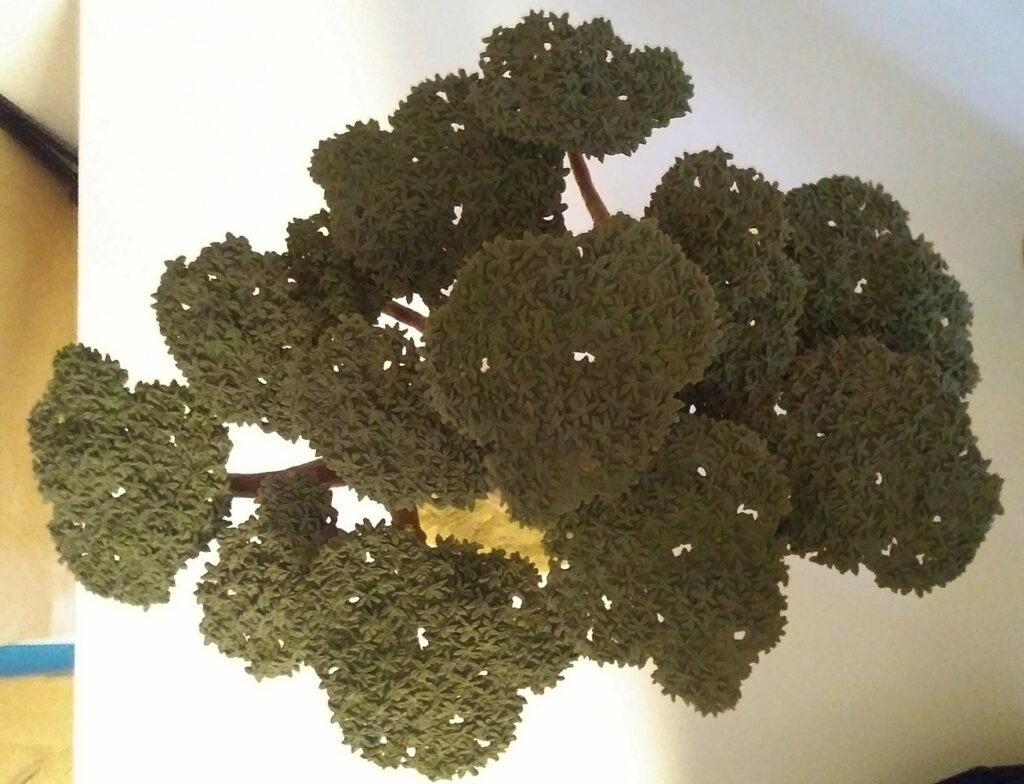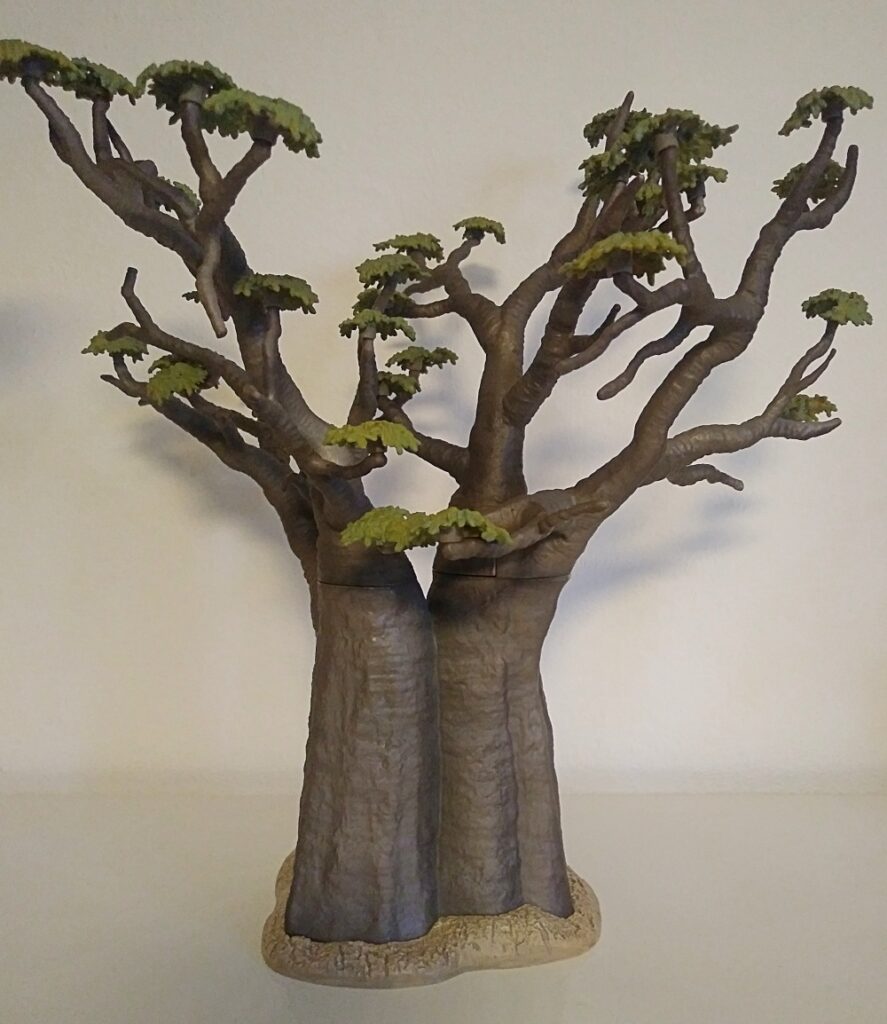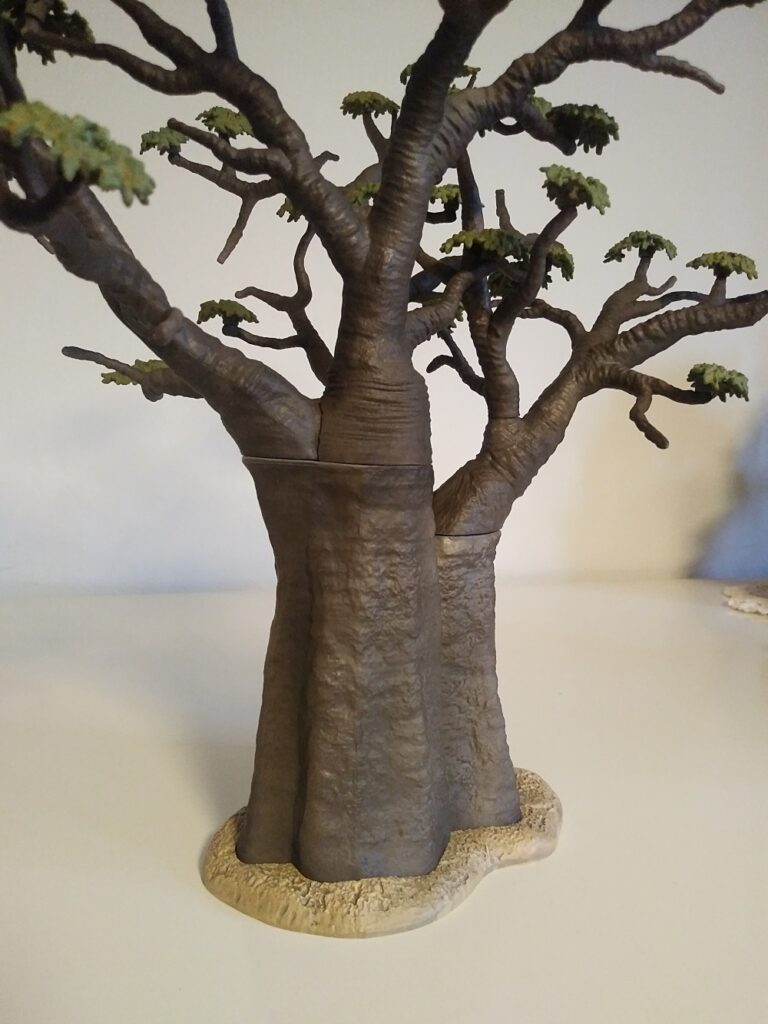
The family of Baobabs is one of the most distinct and recognizable trees in the world. Eight species exist under the genus Adansonia, they are native to Subsaharaian Africa, Madagascar and Australia. The natural history of Baobabs is somewhat clouded and methods as molecular clocking yield debatable results. Most accepted amongst scientists seems to be the view, that Australia was reached by the genus by oceanic dispersal long after the southern counterweight continent had detached itself from the rest of Gondwana. Nevertheless, the origin of the genus Adansonia seems to date well back into the time of dinosaurs, 100 mya, so reviewing it here seems legit.


Especially the African/Madagascan species are keystone species for a lot of animal wildlife, especially during the drought peroid. Elephants for example feed on the soft and water retaining bark, digging big holes into the trees. And even humans use the thick trunks to carve them out to fill them with water during the rain season as reservoirs for the drought. The fruits supply an important nutrition for various animals and humans alike and lately also find their market out of Africa.
I took the freedom to review the both figures of the species I am aware of in one review to allow a comparison. Both figures are not named to the species level by the producing company, but I dare identify CollectA’s Baobab as the Madagascan species Adansonia grandidieri, while Schleich most likely had Adansonia digitata in mind. Both tree figures are build basically the same way. There’s a flat base that resembles hard packed sandy soil in which the trunk fits perfectly. Several branches are attached to the trunk by pegs and finally rubbery canopy pieces are attached to the branches.


CollectA’s high and massive trunked Adansonia grandidieri stands around 37 cm high, the crown measure around 30 by 20 cm, depending on how you align the canopy pieces. The trunk measures around 5.5 cm in diameter at the base. There are two different kind of canopy pieces that can be attached to your liking, also allowing to leave them aside to show the deciduous tree during periods of drought.


Schleich`s “upside down tree” Adansonia digitata stands 30.5 cm high, but its monstrous trunk measures 10 by 8 cm in width. Three different kind of canopy pieces allow for an even more diversified look, though if applied with a tiny bit of care, one none of the tree figures any repetition will be instantly recognizable.
Both models are well made and very good representations of the genus Adansonia sp.. The gaps resulting from the fitting of branches are not as distracting and obvious as they may seem in the pictures, but are sure more visible in Schleich’s as in the CollectA model, as there they are very near the crone, while in Schleich’s they are very exposed on the trunk. Notable seems to me, that the rubber of the CollectA canopy pieces shows some rips where they fit to the branches, despite having the model not exposed to extreme temperatures or light and the fit not being too tight from production side. These fissures occured a short time after I got the tree (around three years ago), but haven’t become bigger or more during the last years and the pieces are good in place. In the Schleich model none of that can be seen, but I do not know exactly how old it is. With A. grandidieri growing up to 30 m high and A. digitata to 25 m the scale of both models is somewhere in between 1:40 and 1:80 as a lot of trees especially in dry regions take hundreds of years to grow to the species’ maximum or never reach it at all.


If you have a liking for unique plants or are just looking for an environment to place your figures in, try to get some of the few plant models that are still around. Schleich ended its production of plants other than small accessory parts and their long discontinued tree models achieve fairly high prices on the second market. Their Baobab is rarely found for less than 50 €. CollectA’s tree is still in production and retails for around 25 to 30 €.
Disclaimer: links to Ebay and Amazon on the DinoToyBlog are affiliate links, so we make a small commission if you use them. Thanks for supporting us!



Cool review of these beautiful trees model. I have debated back and forth on these figures, I hesitated mostly due to the size.
Interesting about the date of origin; everything I’ve seen has suggested a Cenozoic origin for Adansonia. Admittedly, I have not done extensive research on the subject. Your link does not open for me, but I’d be interested to see what it says. In any event, even if the genus were restricted to the Cenozoic, it’s a suitable backdrop for any number of extinct mammals.
Edited the link, should work now (seems the former had a time out, sorry about that).
I am a little confused by the title of this post. Were they manufactured by AAA and marketed by CollectA and Schleich?
Uh yeah, sorry about that…. forgot to add the title before publishing, name all my reviews “AAA” to have them on top of the list for easier finding. Fixed it now 😉
Nice to see a plant review again!
Great to see this review. The foliage aspect sure presents better from an overhead view.